Surveillance and Data — Blogs and Stories

Read our stories and blogs to learn more about our innovative work, programs, collaborations, and people driving surveillance and data at CDC … and beyond
Innovation and Data
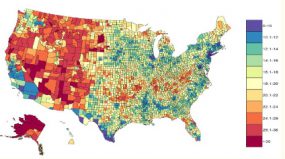
Data Science Reveals Suicide Trends
When a team of four scientists at the National Center for Health Statistics—working in different divisions and offering different expertise—came together to examine suicide data, they made a leap in data analysis so innovative it earned them CDC’s highest honor for scientific work. Read More >

New Data Provides a Deeper Understanding of Life Expectancy Gaps
First-of-its-kind data, compiled by the United States Small-Area Life Expectancy Estimate Project (USALEEP), mean that life expectancy at birth estimates are now available nationwide – down to the neighborhood level – for virtually every community in America. The first universal measure of health at a neighborhood level reveals gaps that may previously have gone unnoticed. Read more>
Battling the Opioid Emergency

Modernizing the Flow of Death Data is Lifesaving Work
As the opioid overdose crisis looms large over our country, there is no doubt that improving data on how, when, and where people are losing their lives to drug overdoses will help prevent additional overdose deaths. But as we improve our ability to collect and share drug overdose death data, we also have an impact that reaches far beyond this epidemic. Read More>
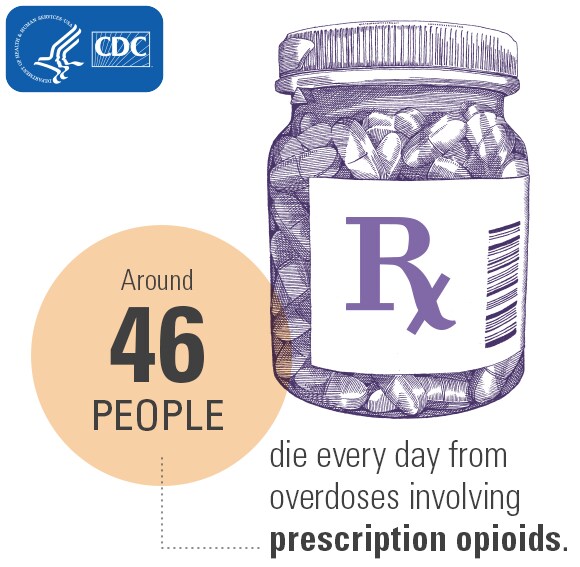
Drugs, Death, and Data
Information from death certificates was one of the earliest sources of surveillance data, and mortality data still supports public health decision-making today in a host of ways. Finding tools and methods to better collect this information and exchange it more easily is a priority, especially when it comes to addressing the latest public health emergency: the epidemic of drug overdose deaths. Read More>

Connecting Data Helps Combat the Opioid Epidemic
To keep up with the fast-moving opioid epidemic, CDC scientists from different centers work together to examine the timeliest data available to the agency on emergency department visits for opioid overdoses across multiple states. By combining surveillance data from two systems, experts can get a more detailed and timely view of this public health emergency. Read More>
Building the Public Health Data Workforce

How a Forward Thinking Workforce Drives Progress
Connecting the right talent, technology, and teamwork is a powerful way to advance solutions to modern health challenges. It’s also one way that CDC is enhancing surveillance through innovation—by focusing on the people behind the data. Read More>
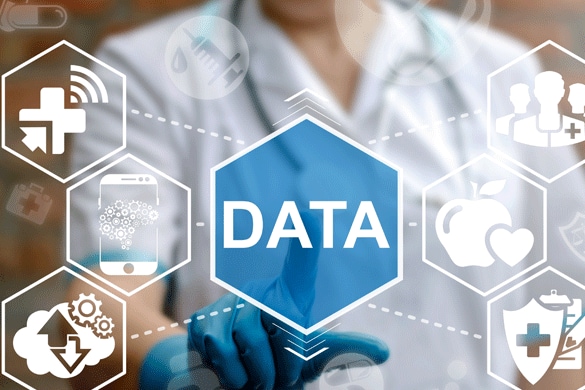
We Need You to Design the Systems that Help Save Lives
Perhaps you’re at a fast-moving tech startup that just had a successful IPO. You’ve had the rush of a great success, and now you’re thinking “What’s the next big thing for me?” You’re wondering what the next challenge that’ll lead you to say, “I can solve that!” Have you thought about putting your skills to work within our federal government and to show what’s possible with technology? Read More>
Modernizing Public Health Information Technology

Software as a Theme Park
What if we could imagine a very technical concept, such as interoperable software, as playgrounds in a theme park? Luckily, software, as with other abstract topics, can be modeled to simpler, physical metaphors that are generally understood and easily visualized. Read More>

Developing Forward Looking Software at CDC
CDC is a data organization—enabling “open data” supports its mission and in many ways aligns to the larger federal direction for open data initiatives. Our hypothesis for building forward looking software at CDC is that standard Application Programming Interfaces (APIs) is the path to the future. Read More>
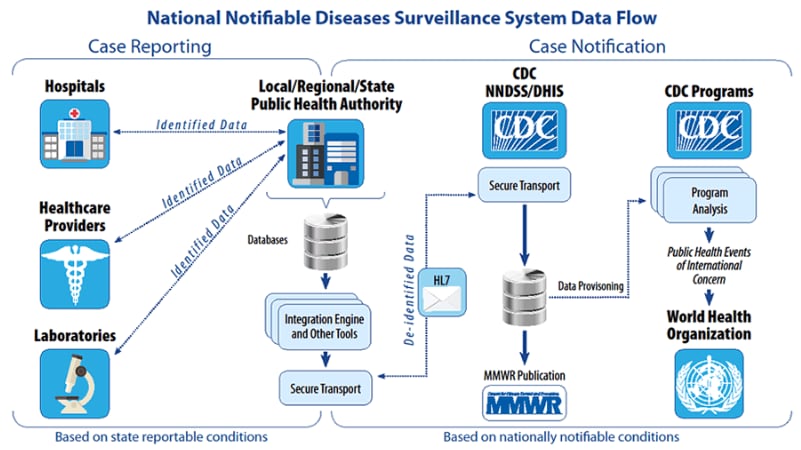
Modernizing our Public Health Surveillance Systems
CDC’s surveillance systems serve critical public health functions, but many of our systems use aging technologies that have been patched together over time and need to be rebuilt or replaced. We are exploring technologies such as application programming interfaces (APIs) and micro-services that are used successfully by many other organizations to deliver timely, high-quality data when and where it is needed. Read More>

A Primer on FHIR: Lightweight, Reusable Web Technologies Can Help Solve Substantial Real-World Health Challenges
Thanks to advancements in technology and national incentives, physical health records largely have become digitized, and their roles have evolved beyond just documenting care. Data captured in electronic health records is used to create a deeper understanding of wellness and diseases, identify threats to public health, and guide policy changes. Fast Healthcare Interoperability Resources (FHIR), or “fire” as it’s pronounced, is critical to this paradigm shift. Read More>

Promoting Dignity, Through Data Accuracy, for the Dead
All information captured on death certificates—such as race, gender, and marital status—matters. Capturing the information in a timely and accurate way is more than just an administrative requirement with public health benefits. It’s an opportunity to provide a sense of closure, maintain dignity, and respect the wishes of those who have departed. Read More>

The American Way of Death Data
Information about mortality is valuable, but it is also difficult to gather accurately and efficiently nationwide because it can come from an array of sources. The CDC has been working to make gathering mortality data across the country easier, more secure, and more efficient by accelerating use of emerging IT tools and other efforts across public health organizations. Read More>

Help CDC Visualize Vital Statistics
Effective data visualizations take time, and they benefit from the input of a diverse set of stakeholders. To explore complex health statistical issues through data visualization, CDC’s National Center for Health Statistics created a social media campaign called #vitalstatsviz, to encourage civic-minded individuals to create visualizations of CDC birth and death data. Read More>
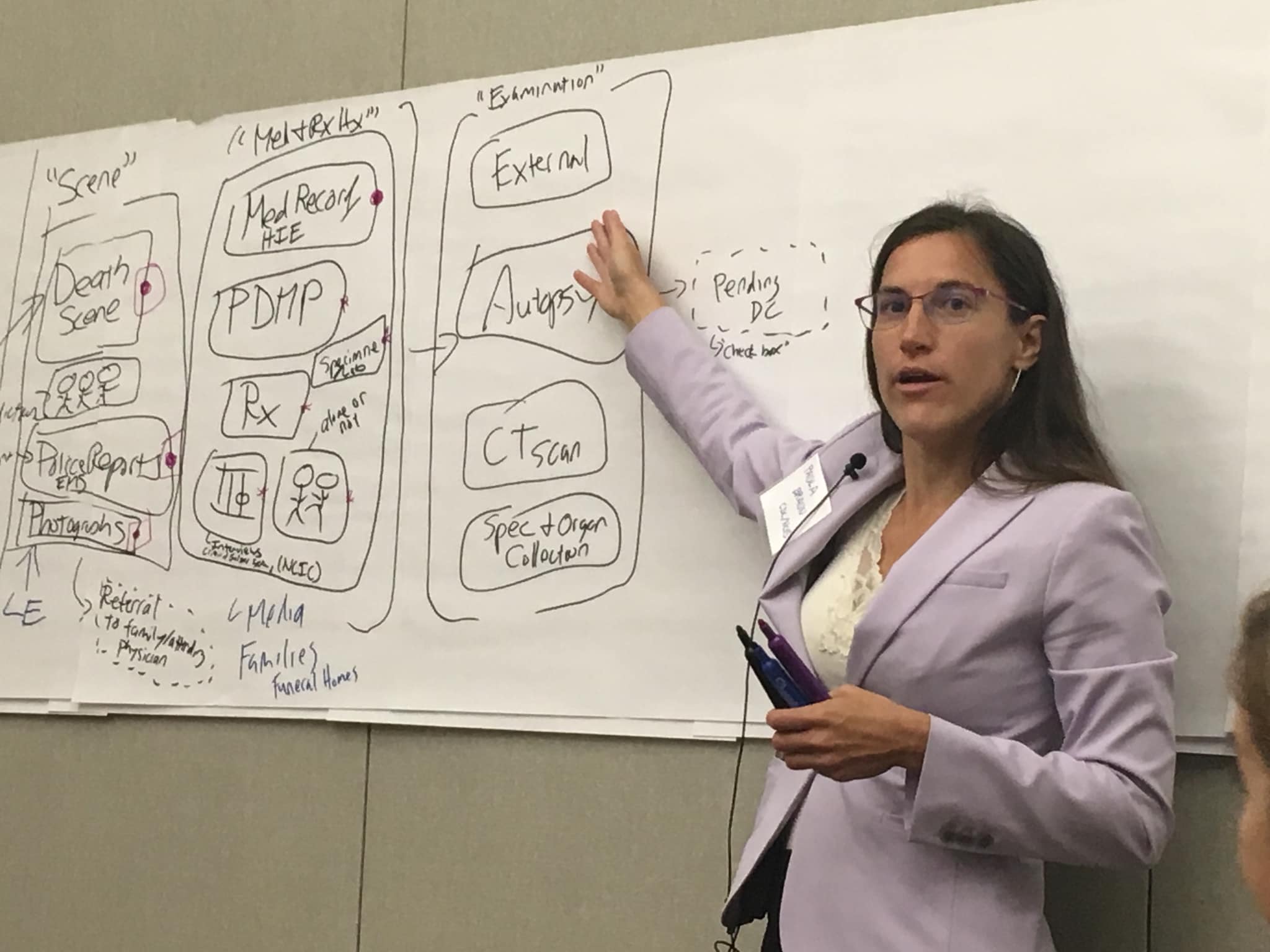
An Open Source Project To Improve The Accuracy Of Mortality Data
As part of the National Day of Civic Hacking, CDC launched an open-source project to develop a Cause-of-Death companion application. The goals was to invite people to create a resource to help guide medical certifiers through the process of filling out a death certificate and provide real-time feedback for common mistakes at the point of data entry. Read More>

How We Die Matters: Improving Cause-of-Death Data
When important details about how someone died are captured on death certificates, that data can greatly enhance existing public health surveillance efforts and help us understand epidemics. Today, several acceptable ways of writing cause-of-death statements exist, yet the level of precision required can be daunting and confusing, especially when evidence is incomplete or there are multiple conditions present at the time of death. Still, there are a number of ways we can make improvements. Read More>

Understanding Death Can Improve Health – Making Mortality Reporting More Timely and Useful
Knowing why people died can actually be very beneficial to the public’s health. This information helps us measure progress toward important health goals and answer questions such as: Which diseases are on the rise? How can they be prevented? Who is at risk? But, the benefits of improved mortality reporting also extend far beyond public health. That means making it more timely and accurate is important for a host of reasons. Read More>
More Stories and Blogs
- How The Digital Bridge Is Transforming Public Health Interoperability, Blog
- How to Listen Your Way to the Future of Healthcare, Dr. Chesley Richards, CDC
- Stories about National Syndromic Surveillance
- I am CDC – Meet the Staff
- Conversations on Public Health Surveillance
- More CDC blogs from HHS, Office of the Chief Technology Officer





















.png)










No hay comentarios:
Publicar un comentario